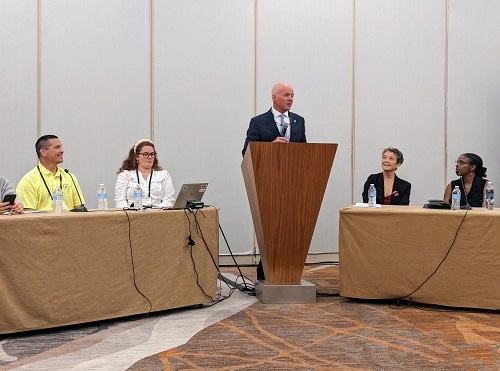The American Association of State Highway and Transportation Officials recently hosted a knowledge session at its 2023 Annual Meeting in Indianapolis that examined ways to highlight the positive impact of Infrastructure Investment and Jobs Act or IIJA-funded projects on communities across the country.
[Above photo of Utah DOT’s Carlos Braceras at podium by AASHTO]
“We need to tell the story of the benefits of the projects being delivered by the IIJA – it is never too early to tell the story about the benefits they will bring,” noted Paula Hammond, senior vice president-national transportation market leader for consulting firm WSP, who moderated the session.
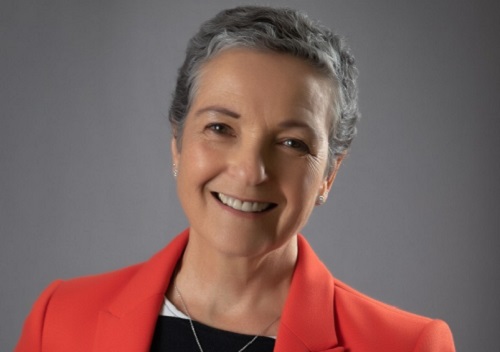
She also served as the 2022-2023 chair of the American Road & Transportation Builders Association; the first woman to serve in that role.
“We need to tell how these projects are essential for community quality of life and economic vitality,” she said. “We also need to promote the fact that we are getting things done in transportation.”
Carlos Braceras, executive director of the Utah Department of Transportation and a former AASHTO president, also stressed that “how we communicate the value of transportation is vital,” but not just where the IIJA is concerned.
“We do important stuff every single day at state DOTs, so how we communicate the value of that day-to-day activity is critical,” he pointed out. “And the goal is to get those we serve – communities, towns, and cities – to help tell our story about the important work we do.”
He also said Utah DOT developed a “voice guide” to give agency personnel directions about how to communicate regarding projects.
“We want to communicate the benefits of our projects to the end users, but not from an engineering perspective,” he said. “We need to use natural conversations – not the ‘jargon’ we sometimes find ourselves using as engineers. This is not hard stuff, but it is a change to the way we usually think about our projects.”
Braceras also stressed that getting politicians and local officials out on a project site is critical part of the communication process as well. “That way they become part of your project,” he pointed out. “You need to make those connections; people need to see and feel what you are doing in transportation.”
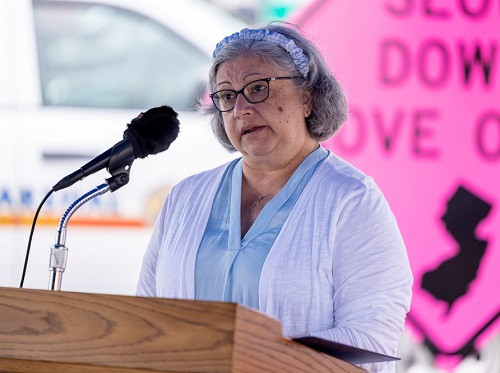
Diane Gutierrez-Scaccetti, commissioner of the New Jersey Department of Transportation and chief of staff to New Jersey Governor Phil Murphy (D), said it is also important for state DOTs is to be listeners.
“That allows us to incorporate into our professional and technical thinking the infrastructure requests of our towns and local communities,” she said. “The goal to communicate with our communities as often as possible.”
Gutierrez-Scaccetti – who also serves as the chair of the AASHTO Committee on Transportation Communications, known as TransComm – echoed Utah DOT’s Braceras on the point that state DOTs need to work closely with the politicians in their respective areas.
“We work in government, but we have to understand politics; and transportation projects are incredibly important to legislators, who control your budget,” she said. “I like to say that politics don’t drive our roads; people drive our roads. So it is incumbent upon us to develop relationships across the political spectrum. Know your local representatives and get to know you.”
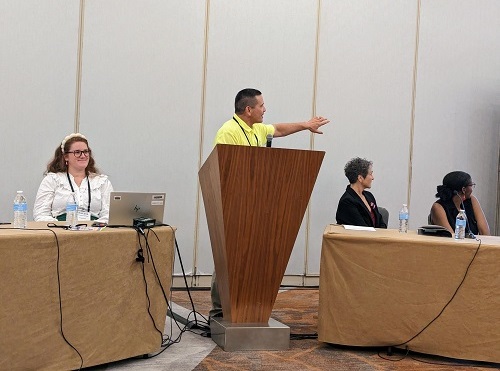
Ed Sniffen, director of the Hawaii Department of Transportation, noted that process of building relationships is what his agency calls the “personalization” of its transportation mission.
“Transportation is always personal,” he said. “It is not difficult to get messages from people – we just have to be there and we just have to listen.”
To that end, Sniffen said Hawaii DOT puts a lot of project information online to show the public why the agency is doing what it is doing. “It is also about attending public meeting and asking constituents, ‘what is important to you?’ when we work on projects,” he explained.
Naitore Djigbenou, executive director of public affairs for the Kentucky Transportation Cabinet, also emphasized that state DOTs need to take the opportunity to show the value of transportation during unexpected events – especially natural disasters, such as tornados and floods.

“We are the first responder for the first responders – we are the ones clearing the mud and debris to open the roads so first responders can get in,” she said.
That is part of what she called the “show and tell” approach to transportation storytelling – which includes detailing the “before and after” response of state DOTs in emergencies as well as “circle back” stories that revisit completed projects to highlight the value they are providing.
“Most importantly, when you talk transportation; talk at a high level about how those investments will make life make better,” she said.
“You don’t have to get into details; in general, the public doesn’t care about the details,” she noted. “It is about how a project is going to deliver a smoother and safer ride; that it will allow residents to do the things that matter most to them faster and safer.”
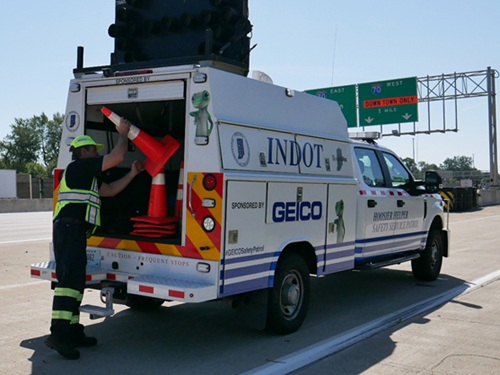 Nation
Nation
Confusion Reduces ‘Slow Down, Move Over’ Law Impact
November 14, 2025 Nation
Nation
